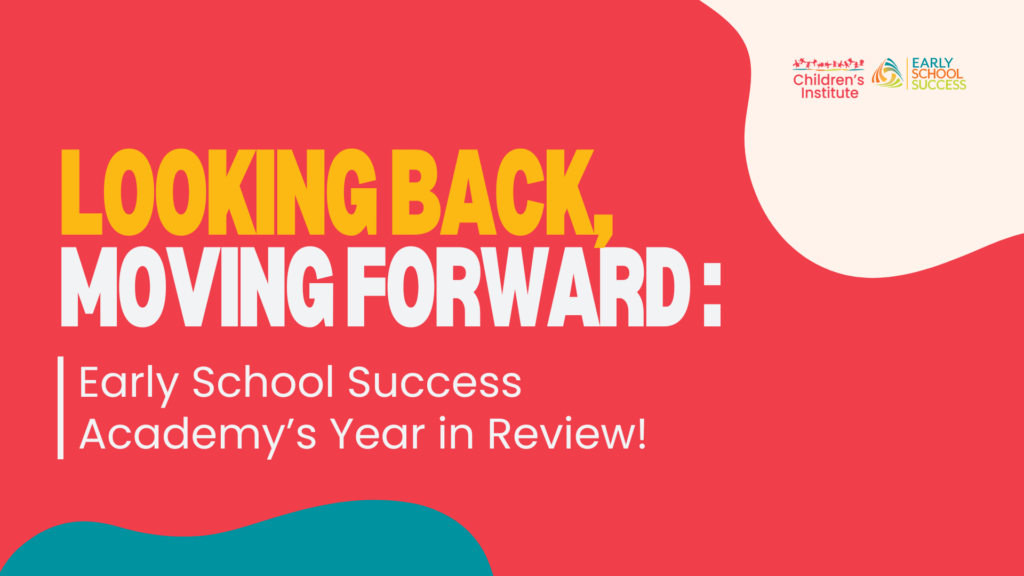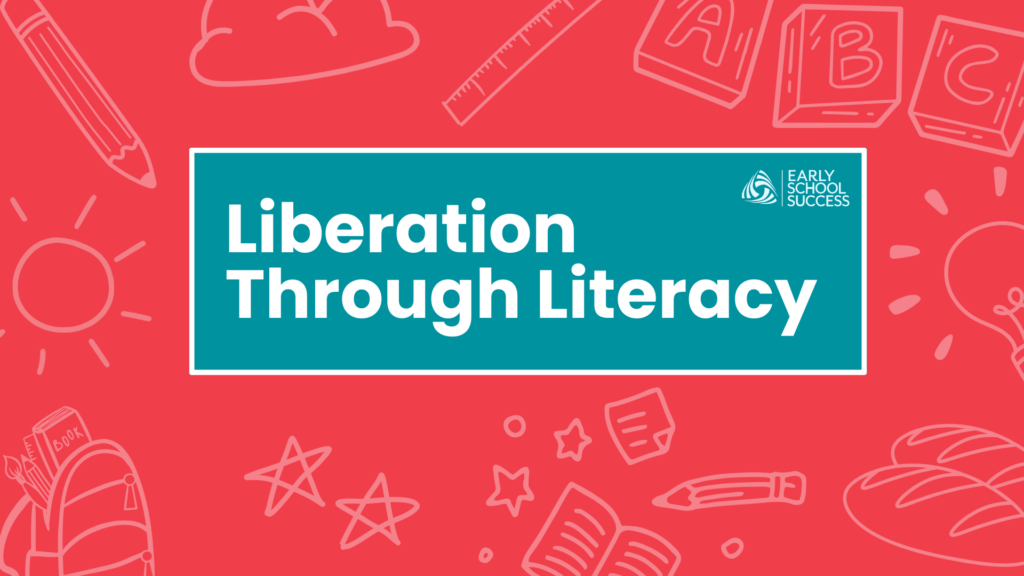Karen Twain is the director of programs at Children’s Institute, overseeing our Early Works initiative in Yoncalla, Oregon and Southeast Portland, and CI’s newly launched Early School Success program.
A career educator, Twain was most recently the assistant superintendent at Tigard-Tualatin School District. Here, Twain shares more about her passion for early learning, and her perspective on what it means to connect the early years and early grades.
Tell us a little about your background as an educator and why you joined Children’s Institute as director of programs.
I was a peer tutor for kids with disabilities when I was in elementary school and absolutely loved it. I was a babysitter, camp counselor, and youth coach and always knew that I wanted to work with kids. I began my teaching career in first grade, then special education, and I was a school counselor.
After teaching and counseling, I went into administration and held several roles at the elementary, middle, and high school levels. All but my first year of teaching was in the Tigard-Tualatin School District.
After 33 years in public education, I felt in my heart that it was time for a change. I knew that if we wanted to work on really closing opportunity gaps, we needed to focus on what happens from birth to age 5. I am passionate about several things in education—inclusion, equity, and early learning. As director of programs, I have a unique opportunity to improve things at the district or system level, so that families and students are truly set up for academic and lifelong success.
Early Works began in 2010 as a learning laboratory for innovative practices in early education and a lot of that work informed the development of Early School Success, which is described as an initiative to better connect or align the early years and early grades. Can you describe, in simple terms, what that means for students and families?
When I talk about alignment or instructional alignment, what I’m trying to convey most simply is the idea that instead of two separate systems—preschool and elementary school—we need to think and act more holistically, so that children and families have a more seamless early education experience.
So first, consistency for children and families is important. Transitions from grade to grade can be the most challenging aspect of moving through the educational system. Classroom or instructional expectations can be different and students can find it unsettling and intimidating.
For example, a preschool teacher might allow students to finish their work and then move on to another activity. The next year’s kindergarten teacher may ask them to wait quietly at their desk until everyone is done before transitioning to the next activity.
These misaligned expectations may cause behavioral problems for some students. And because we know that student engagement is a strong predictor of later school success, it’s critical that we not underestimate children’s abilities to think, reason, and grapple with complex materials.
So, the more instruction is aligned, the less repetition there is in content, the higher level of engagement we will see for children. It’s also important to understand the role that social emotional and family engagement play in helping students reach their full potential.
Let’s talk about family engagement for a bit. I know that the Early School Success pilot districts [Forest Grove and Beaverton] have both chosen to focus on family engagement this year. Why?
Yes, right now, all the schools we are working with in both districts have identified family engagement as an area of focus. Family engagement is part of the DNA of early learning because it is a widely held belief among early educators that a huge part of student success comes when schools and educators have strong partnerships with families. We need to find a way to engage families in a more authentic way that builds on their existing assets, skills and knowledge, so they have a true voice in their children’s education.
Can you share more about what that looks like in the classrooms and at the school level?
At one school, they are using dialogue circles to get more input, help families feel more welcome in the school setting, and work through differences. This approach can serve as an example of aligning practices from preschool to fifth grade. We are looking for more opportunities like this to share these best practices with our school partners and bring more parents to the table to help shape what they think family engagement and their own children’s learning at school should look like.
At another school, they have been working to align developmentally appropriate practices with play and inquiry across their school. They have seen third, fourth, and fifth grade teachers asking for materials to promote these practices as they teach math, science, etc.
Another thing we are seeing is more vertical teacher collaboration, or collaboration across grade levels. We have heard some teachers say that this is the first time they have been invited to engage in these types of conversations. Just to be invited to the table to help co-design and create teaching and learning experiences is novel for many educators.
What should school leaders know about the way ESS operates that is different from other educational initiatives or professional development that their staff or communities may have been involved in in the past?
Children’s Institute serves as a facilitator and supports schools and districts in many ways. We are integrating human-centered design, improvement science, and equity to identify problems of practice. By using this in our professional development with districts, we have identified a process by which educators can become more aligned in their every day practices.
A less technical way to describe it is to say that this is a ground-up, rather than a top-down strategy. We want to work in partnership with learning communities, and really be driven by collaboration—to honor the existing strengths and expertise of local communities—rather than to come in and say, “I have a solution!”
We believe that’s going to offer a more enduring and effective path forward.
What do you hope to achieve with ESS? What is the ultimate vision?
Well, I think it’s important to be honest and say upfront that transforming the early learning experience for children, families, and communities will take time.
It’s a really tall order and we have many equity-related, engagement-related, instructional, and structural barriers that we need to overcome in order to be successful. But I believe that if we stay diligent and collaborate, we will have students, families, and educators feeling good and successful about their work in the schools. Ultimately, the dream is to make serious progress in closing opportunity and achievement gaps.
The COVID-19 pandemic has really turned the education world upside down. What are some of the challenges that have come up for P-5 work as a result? Do you see any opportunities?
This is a time to work closely with families. There is an opportunity to build on relationships as we work together to educate children while they’re home. How can we support our schools to support their families to support their children? If we can do this, then children will continue to learn in some way.
Clearly, online learning is a challenge, so we are making suggestions of appropriate ways to help families in their current situation. Not everyone can get on a computer or do packets so by understanding the context for each child and family, we can help them during this difficult time.
Related Content
Looking Back, Moving Forward: Early School Success Academy’s Year in Review
Exciting news! Children’s Institute’s Early Learning Academy is now the Early School Success Academy (ESS Academy). The name has changed, but everything else remains the same. Read on to take a look back with us as we reflect on the 2023-2024 ESS Academy, and discover why this learning opportunity is too good to miss!
Liberation through Literacy
Talisa Timms, continuous improvement specialist at Children's Institute delves into the transformative potential of literacy, emphasizing its profound impact on children's foundational skills and developmental journey, advocating for equitable access and support to enrich their early years.



